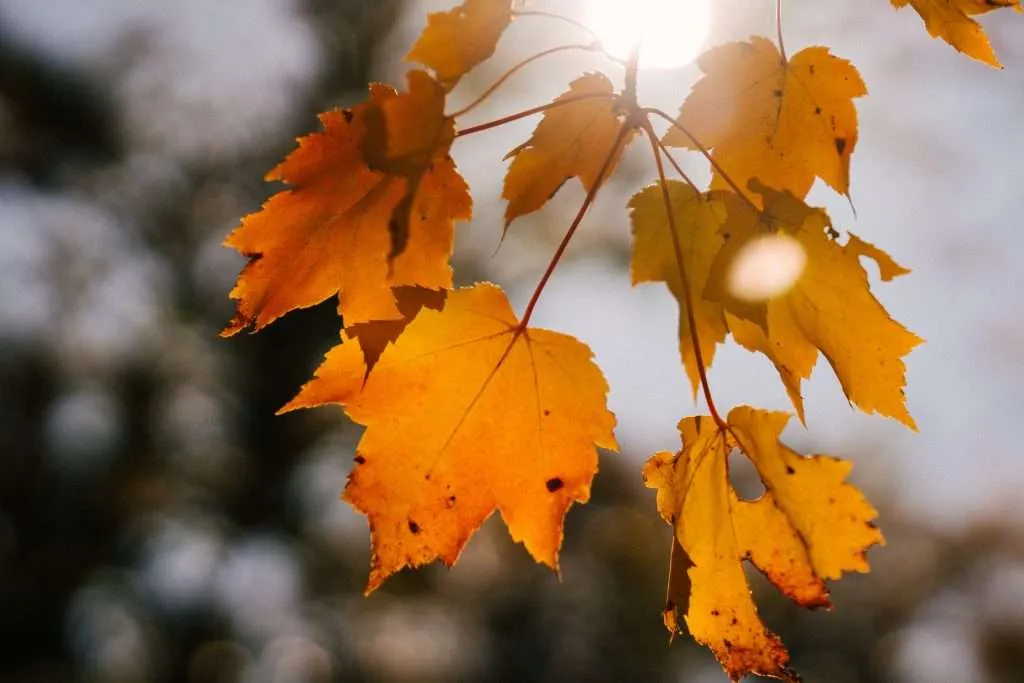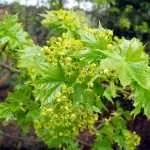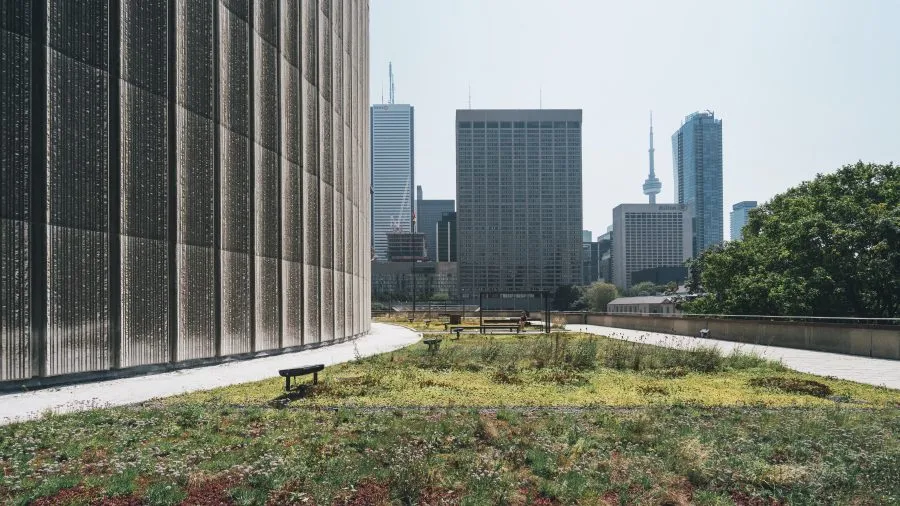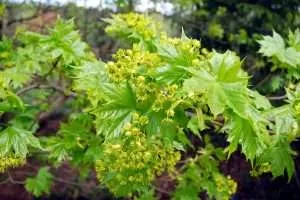Black Spots on Maple Leaves Can Be Treated
Maple tar spot is one of the easiest plant diseases to identify. Most people can spot it even without knowing what it is: if you have seen round black spots on maple leaves, either in a tree or on the ground, you can identify tar spot.
With the number of maple trees in southern Ontario, tar spot is one of the most common plant issues seen in the GTA. Tar spot can affect all trees of the Acer, or maple, family. This includes non-native and invasive maples like Norway maple and Manitoba maple. Maple tar spot is especially common on Norway maple, red maple, silver maple and sugar maple trees.
What Are Tar Spots?
Maple tar spot begins as yellow spots on the surface of the leaf, growing to the more recognizable black spots. The black spots may be ringed by yellow or brown. Yellow spots start appearing in June. The spots grow over time, turning into larger black spots by late August each year.
The spots can be most obvious on Norway maples. These trees are quite common in Toronto, which is one of the reasons this disease is so easy to find. Tar spots on sugar maples and silver maples may be more subtle.
What Causes Maple Tar Spot?
Tar spot is caused by a fungal infection, Rhytisma acerinum. In spring, spores are released from the fungus. They become airborne in the wind, and some land on maple leaves. The spores of the fungus start to infect the leaf, causing the first spots to appear. When leaves fall off the tree in the fall, the fungus can keep growing on moist leaves.
Is Tar Spot Harmful?
Tar spot only affects the leaves of a maple tree. That means that its worst effect is aesthetic. Few homeowners with maple trees want their beautiful trees marred by black spots on leaves. The spots on the leaves can block sunlight to that area, reducing the tree’s ability to use the sun for energy and nutrients.
Maple tar spot isn’t fatal to your maple tree, but the infection won’t disappear without action. Understandably, many owners will prefer to see their tree with healthy-looking green leaves. The lack of sunlight can also make some leaves drop prematurely.
Maple Tree Tar Spot Treatment
Since the fungus can keep reproducing on damp leaves over the winter, clearing up infected leaves is important to prevent future tar spot outbreaks. Otherwise, the spores will circulate again when the weather warms up next spring.
Composting the leaves, or placing them in your yard waste bag, is effective to stop the fungus from growing. When the leaves aren’t exposed to air, the fungus can’t grow. It’s better to remove fallen leaves in the fall, as manually removing leaves earlier in the year can stress your tree. Removing the leaves in the fall can help make the infection less severe next year.
An arborist can treat your maple tree with a fungicide to kill the spores and prevent maple tar spot from reappearing. This treatment works best in the springtime. It’s most effective on smaller maples, as it may be difficult to cover enough of the leaves on a large mature maple. The fungicide may be applied twice over a few weeks.
Mulching or adding soil may also help reduce the recurrance, since moisture can help fungi grow. Your arborist can advise you on any issues with soil quality around your maple trees.
If tar spot on your trees is ruining the look of your maples, contact Vista Tree for a consultation! We can help






